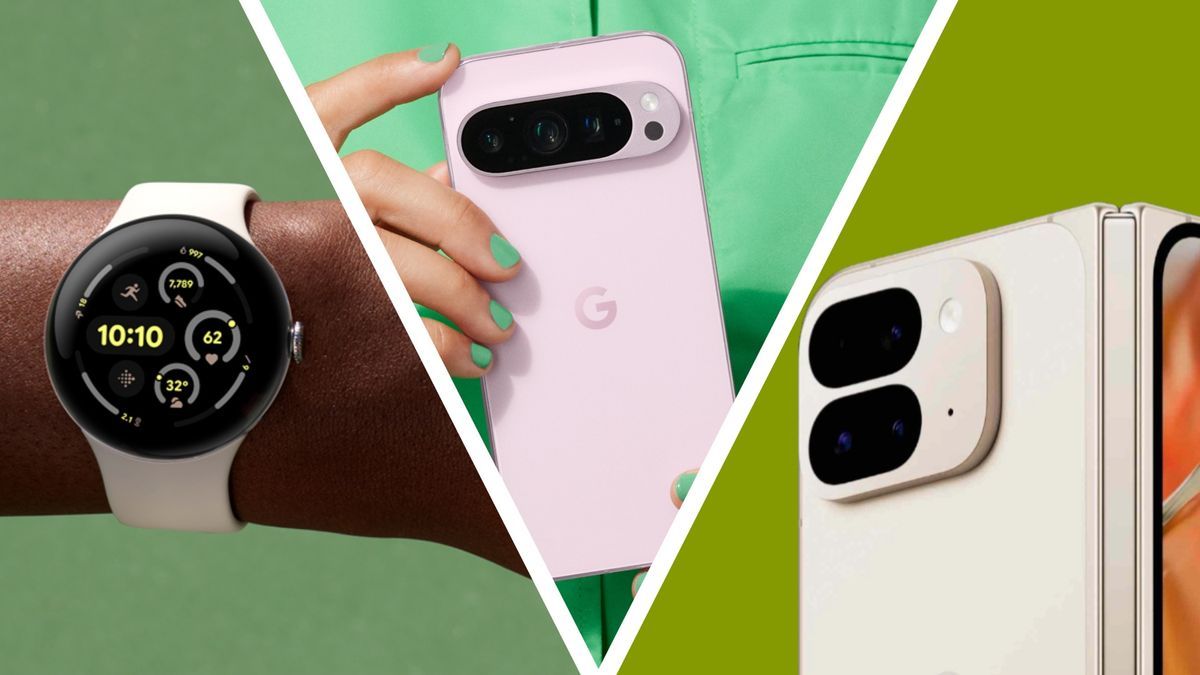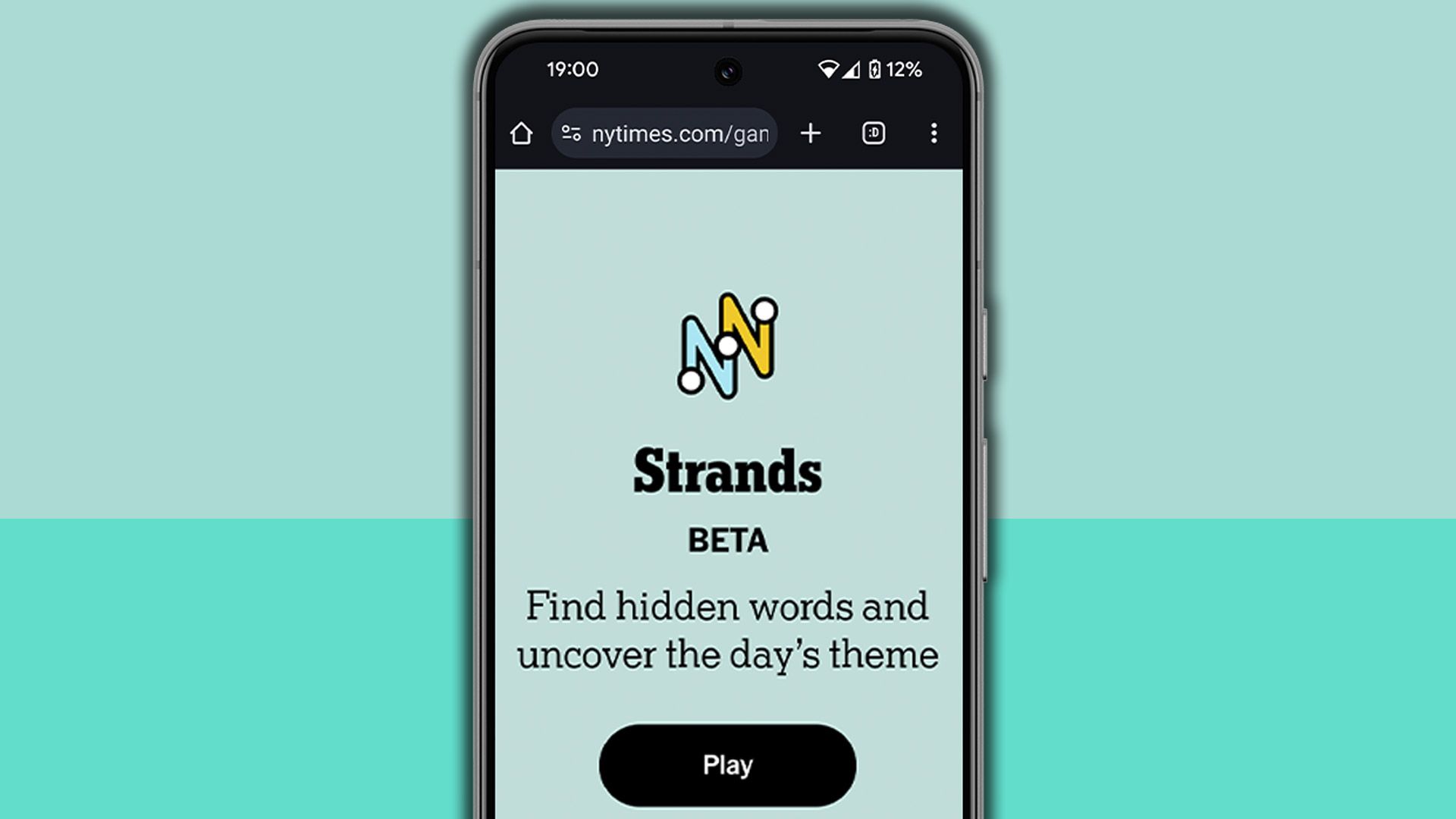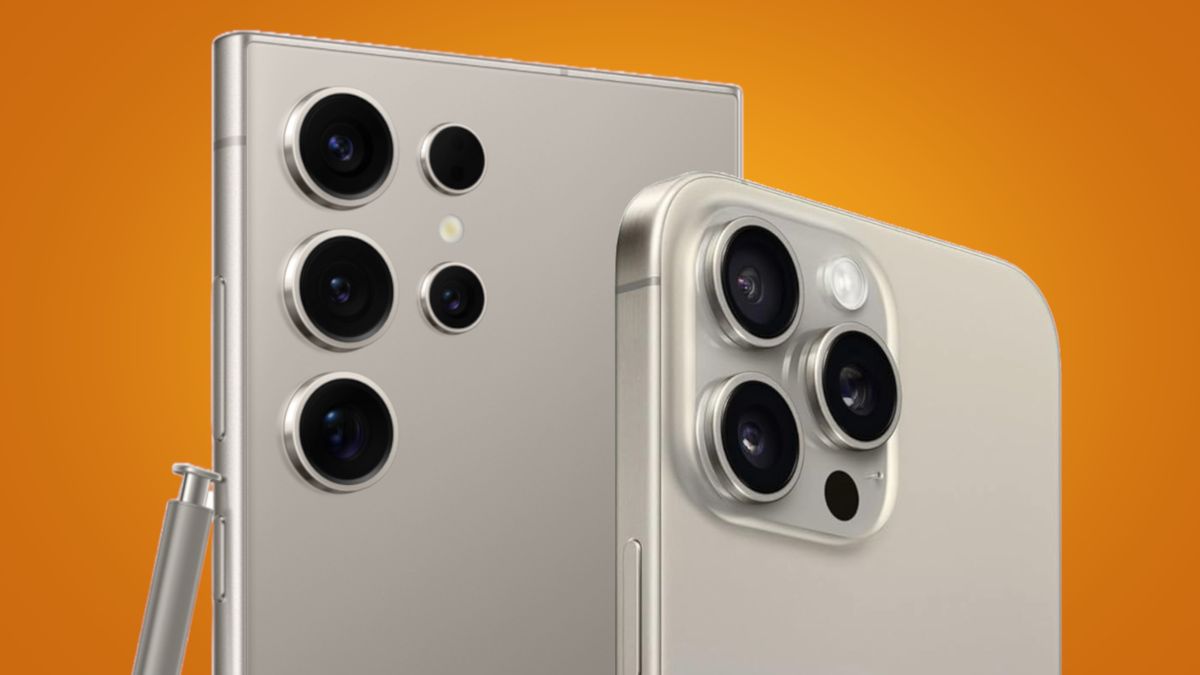The first Made by Google event of the year was packed with announcements, with a full suite of Pixel products, new Google Gemini features, and a host of smart AI-powered tools to accompany the new hardware.
To follow the presentation as it unfolded, check out our Made By Google event live blog. But read on for the seven biggest announcements that caught our attention during the presentation.
1. The Fold goes pro
Rather than being a simple sequel to the Pixel Fold, the Google Pixel 9 Pro Fold, as its name suggests, is a foldable version of the Pixel 9 Pro. That means you get the non-foldable version’s powerful camera array, along with a combination of AI-powered features, and puts them into a sleek foldable phone package.
So you get things like a Tensor G4 chip, 16GB of RAM, and an 8-inch Super Actua Flex OLED foldable display. Add to that AI features and a thinner, lighter design, and you're looking at a foldable phone that has some “pro” features.
@techradar ♬ original sound – TechRadar
2. The Pixel Watch gets bigger and smarter
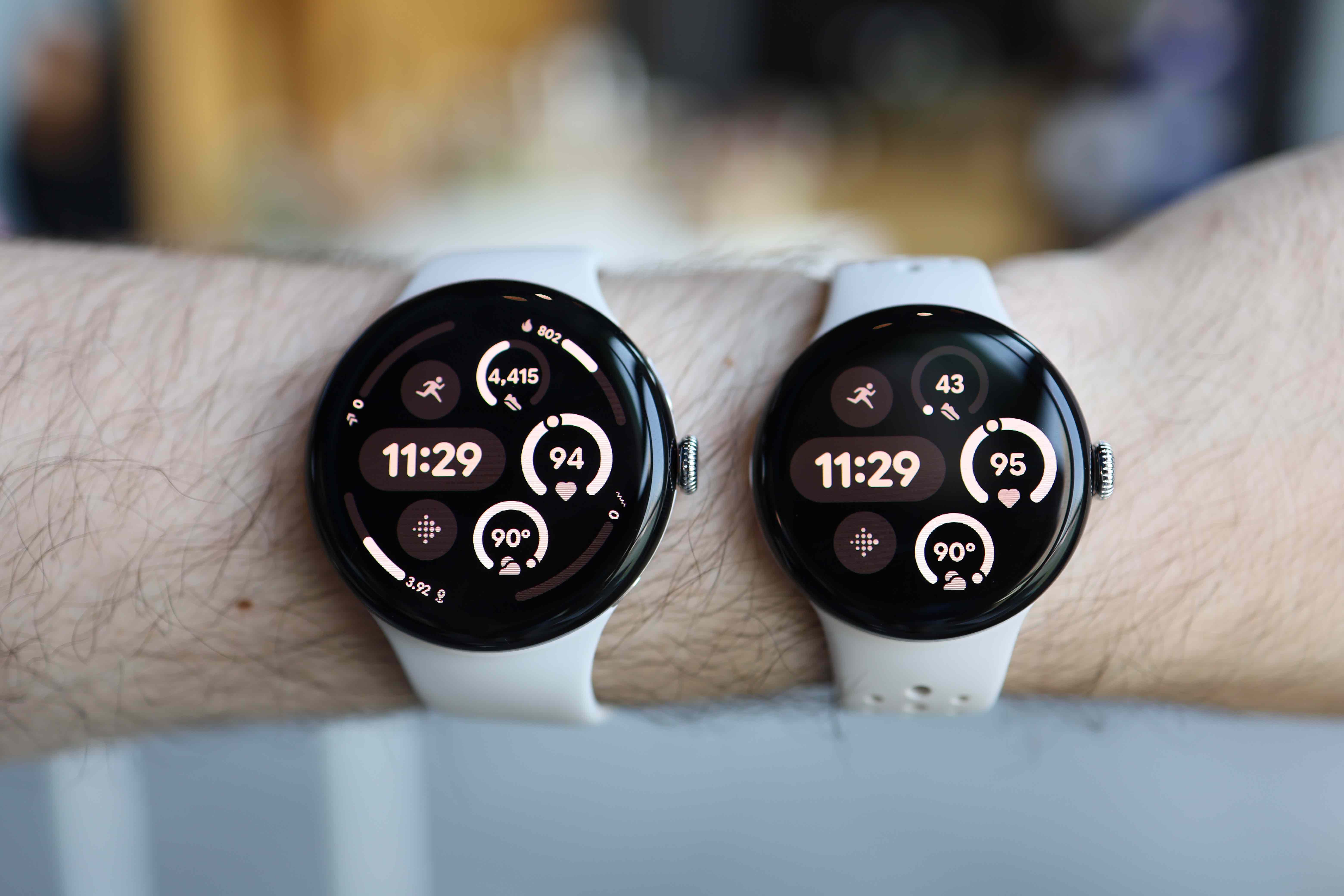
The Google Pixel Watch 3 is a surprisingly comprehensive update, including the most visually impressive upgrade of all: a new larger size option. The new 45mm Pixel Watch 3 XL model has a brighter display than ever before (it's 40% larger than the Pixel Watch 2's display), but there are plenty of new features under the glass, too.
The XL model’s battery is 35% larger, allowing it to last all day even with a more powerful display and the always-on display feature on. On the health front, the Loss of Pulse Detection feature can identify if your heart stops and send a message to emergency services. There are also a bunch of new Fitbit training tools, including a revamped Daily Readiness Score and improved running insights. The Pixel Watch 3 is easily shaping up to be Google’s best wearable yet.
@techradar ♬ original sound – TechRadar
3. Don't want a foldable phone? The Pixel 9 Pro has gone XL
You could argue that the Google Pixel 9 Pro has a pretty big display, but maybe you think bigger is better: the Google Pixel 9 Pro XL is here. The newest addition to the Pixel phone line takes the core of the Pixel 9 Pro and ups the display to 6.8 inches and the battery to 4,700 mAh. And that’s it.
So, you're getting a new Pixel Pro phone with a display that's just 0.1 inches larger than the Pixel 8 Pro's screen — it's not a huge amount, but a little bit of real estate can go a long way when you're holding a phone horizontally and watching Netflix on it. But the flip side of this is that the Pixel 9 Pro now has a smaller 6.2-inch display, making it easier to use one-handed for people who want “pro” features but not a big, thick phone. And for those who do want those, the XL fills that void.
@techradar ♬ original sound – TechRadar
4. The Google Pixel Buds Pro 2 are smaller, but can now “cancel twice as much noise”
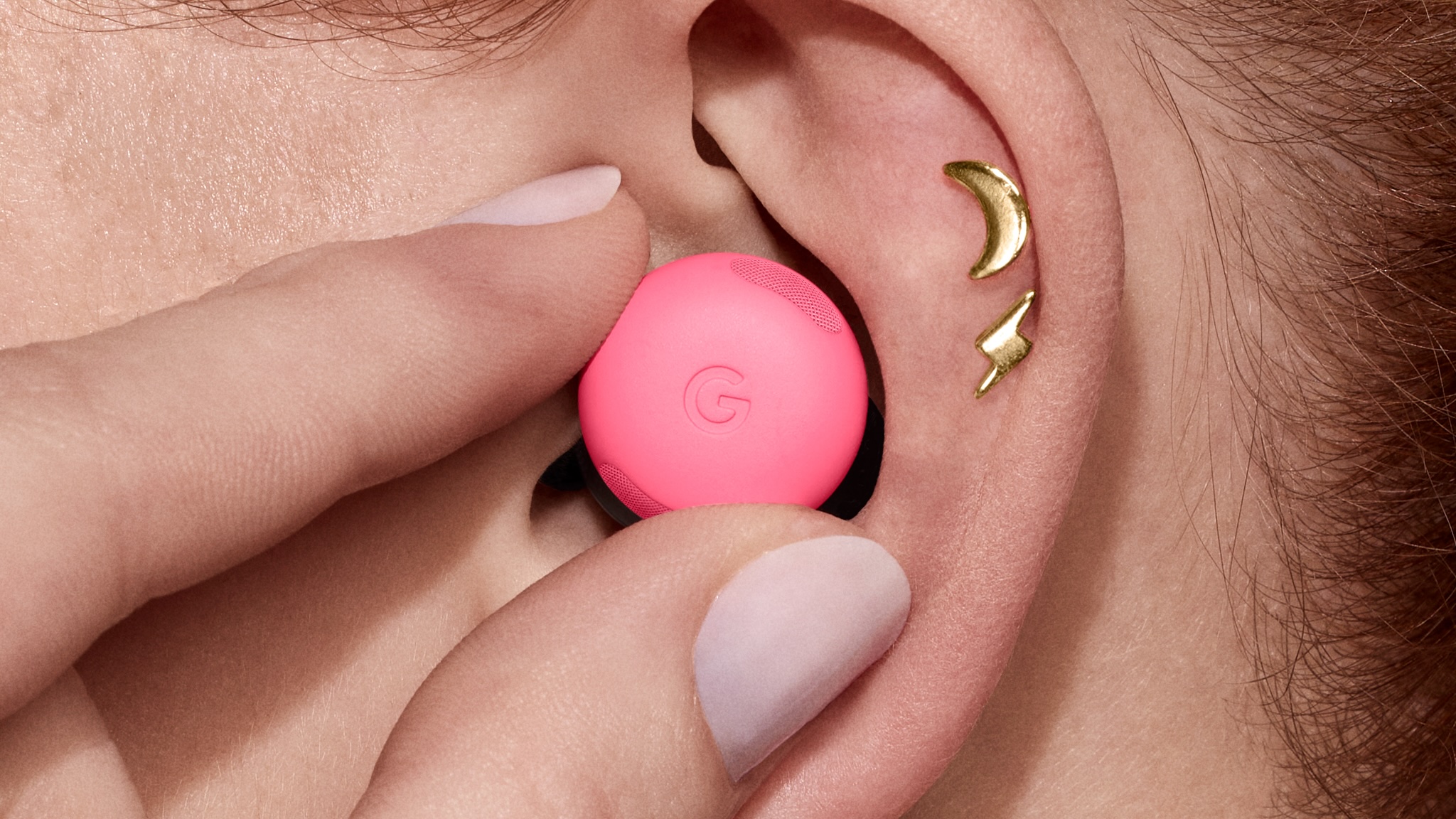
Active noise cancellation that's “twice as strong” as the previous model is a big claim, but that's just what Google says it's achieved, thanks to the Tensor A1 chip housed in the Pixel Buds Pro 2. It's the first time Google's put its own chip in its earbuds, and it apparently processes audio 90 times faster than the speed of sound, meaning its ANC algorithm can adapt to your environment (and remove that extraneous noise) up to three million times per second.
They're also the “smallest premium earbuds on the market” according to Google, and at 4.7g and 27% smaller than the previous model, they're certainly a gem.
In addition to a transparency mode, active ear pressure relief, and a new conversation detection feature (it can detect when you're speaking and automatically switches to transparency mode), you also get an additional ear tip for a total of four. Finally, you get Google Gemini for your most intimate queries, with transcripts saved to your Google Phone for later reference.
@techradar ♬ original sound – TechRadar
5. The Pixel 9 and Pixel 9 Pro offer much more than meets the eye
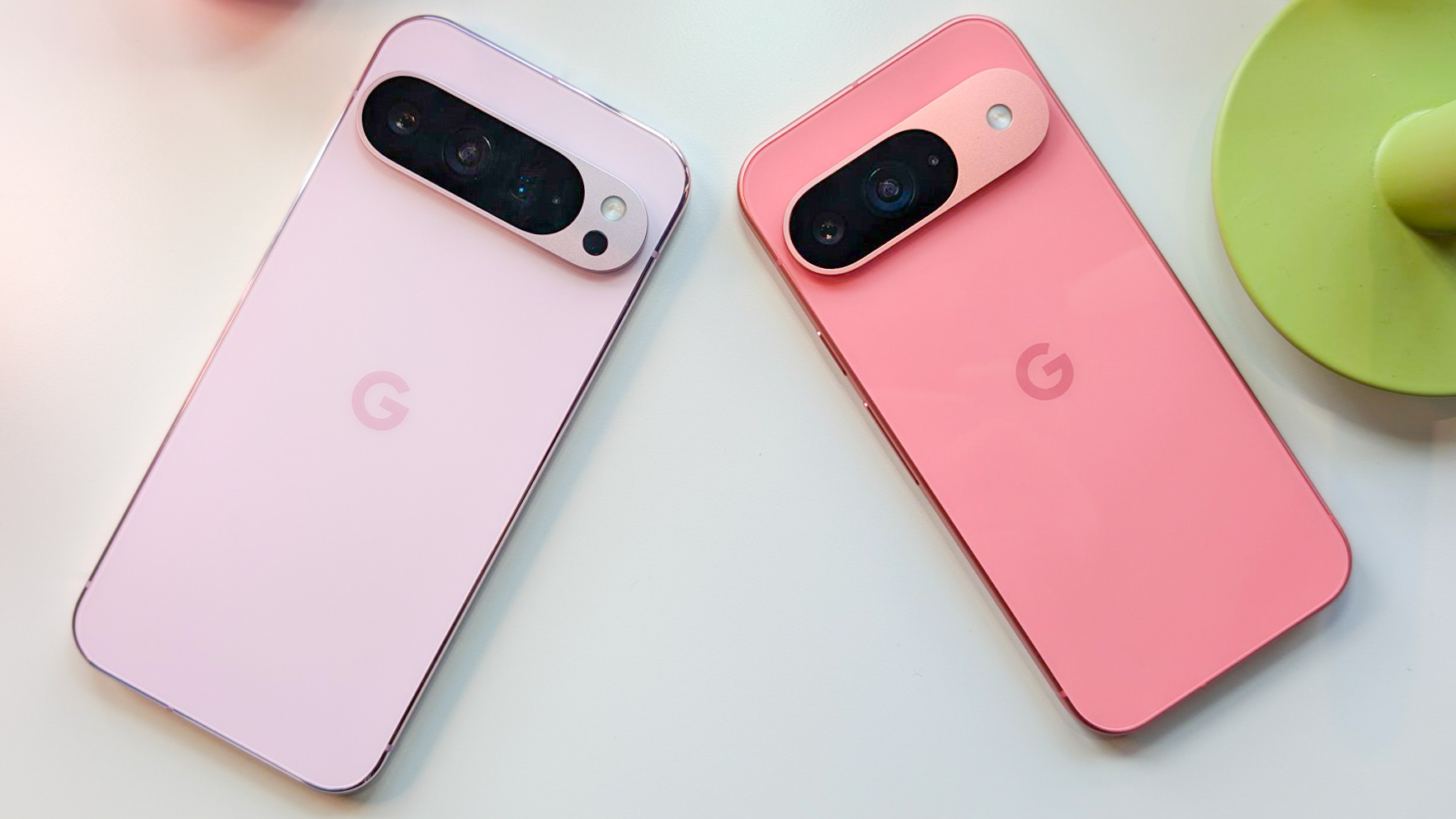
The Google Pixel 9 and Pixel 9 Pro were the most predictable of the four Pixel 9 phones launched at Google’s Made by Google event, but both models bring a number of worthwhile improvements over their respective predecessors. In a nutshell, the Google Pixel 9 has the same 50MP main and 48MP ultra-wide cameras as the Pixel 9 Pro, as well as a more durable design, brighter display, and more powerful chipset than its predecessor.
Meanwhile, the Pixel 9 Pro features a massive 16GB of RAM to power a host of Google Gemini features, not to mention improved camera performance and a design that’s similar to, but not the same as, the standard Pixel 9. Yes, these updates sound iterative (at least on paper), but the Google Pixel 9 Pro in particular will almost certainly prove to be one of the best AI phones of the year.
@techradar ♬ original sound – TechRadar
6. Gemini Live encourages you to be rude to AI.
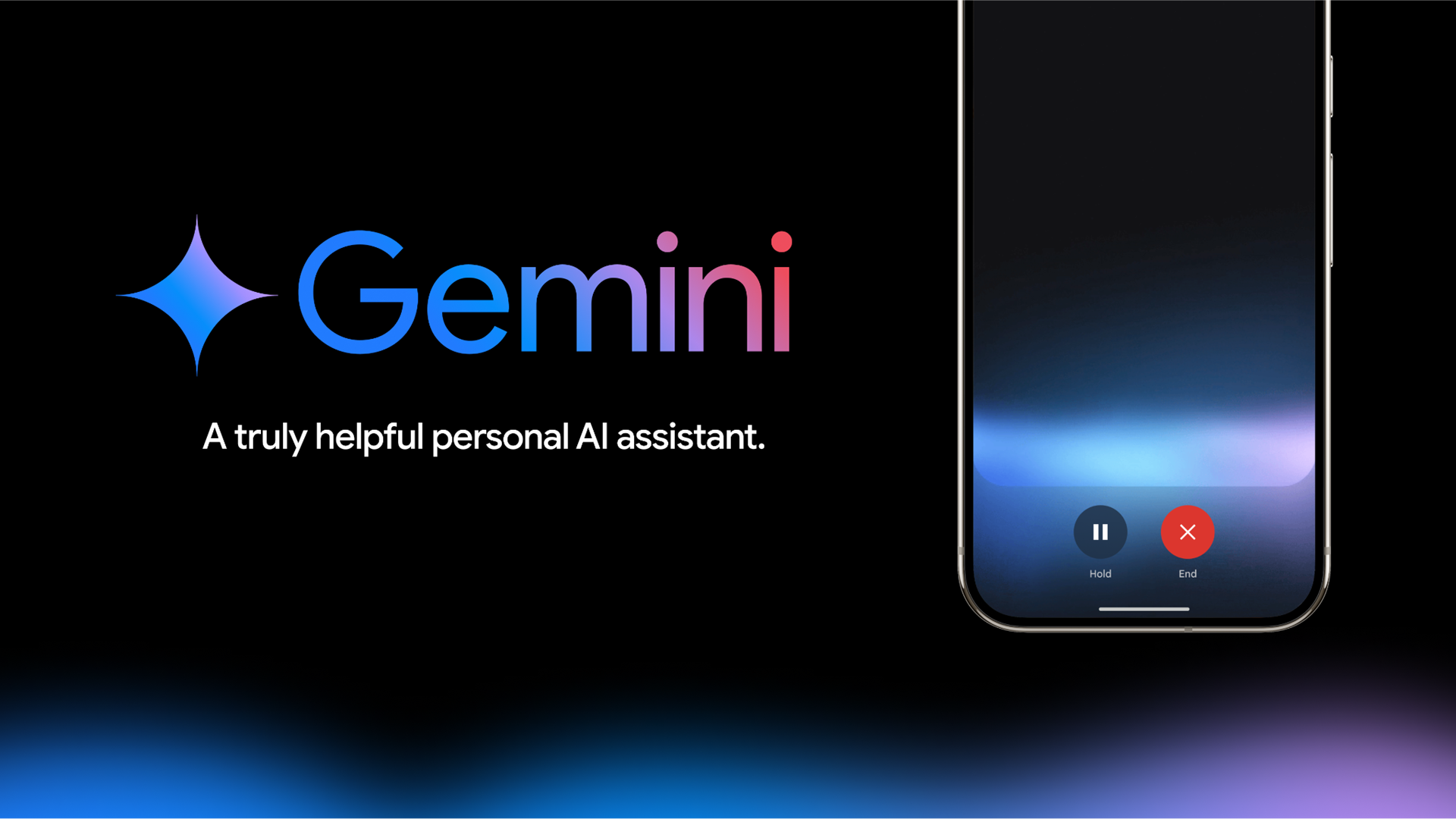
We’ve probably all had moments where we’ve been snarky to Siri or antagonized Alexa, and Google seems to know that there’s an inherent attraction to being a little rude to AI assistants. That’s why with Gemini Live, a Gemini assistant feature designed to respond to informal language and provide speciation and brainstorming, you can interrupt the assistant and change the subject in the middle of a conversation.
Now, that’s not as rude as babbling obscenities at a virtual assistant for mishearing a command, but it’s also not the most polite way to conduct a conversation. Still, this approach means that using chatbots and AI-powered tools can feel more natural, rather than like you’re simply talking to a soulless machine – even if you are.
@techradar ♬ original sound – TechRadar
7. And Gemini can do so much more…
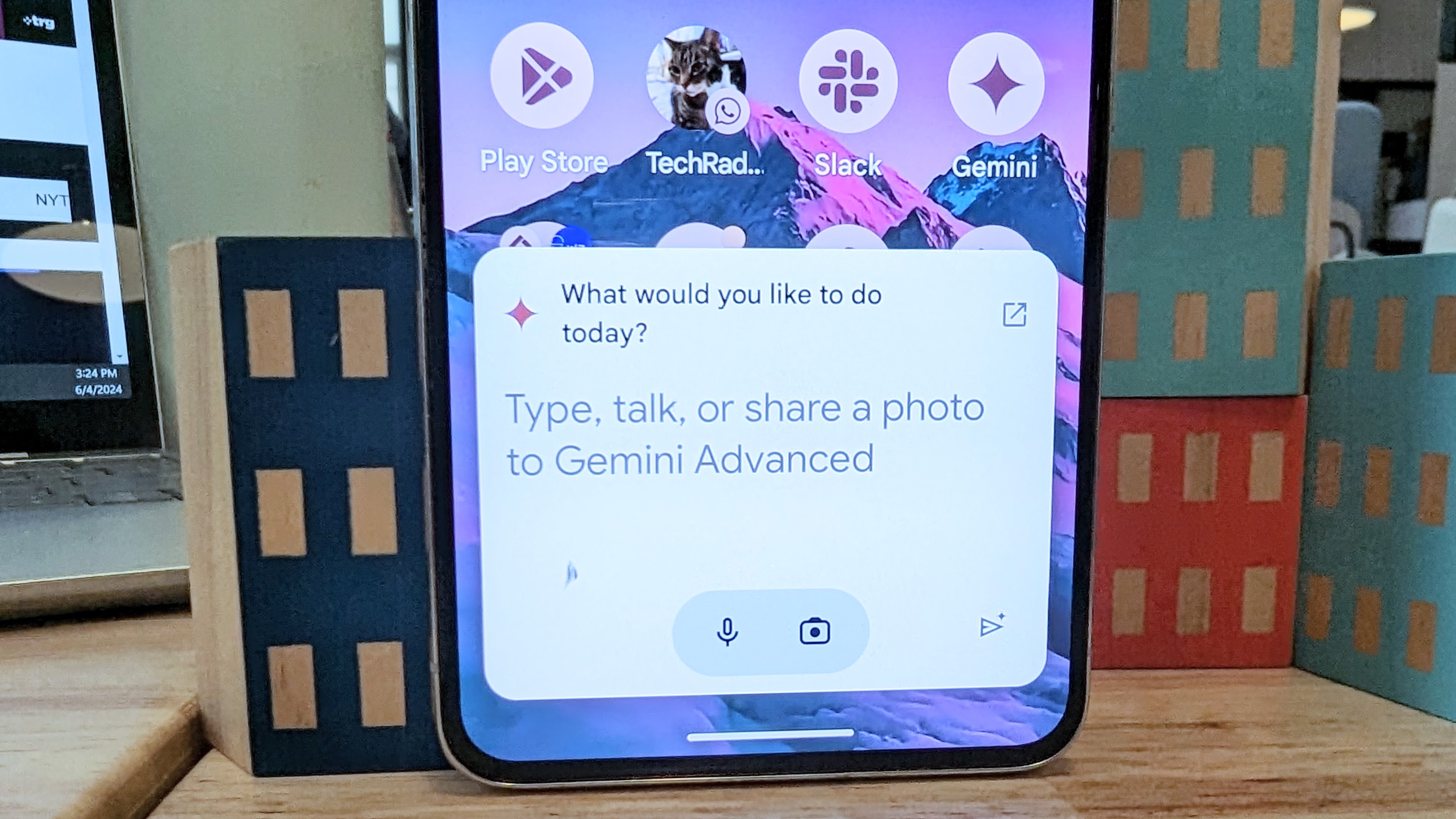
Gemini Live takes AI voice interaction to a whole new level, allowing you to have a conversation with your phone about complex topics as if you were talking to a real person (which, as we established above, you are not).
Plus, there are new multimodal features: Gemini can analyze a photo you’ve taken and use the information in it to answer questions, while a screenshot feature analyzes your screenshots to help you find information within them. Gemini also integrates with Google apps, so it can search your inbox and calendar for details about your life—if you let it. Pixel Studio uses Gemini’s AI to generate images on your phone—just type in a few AI prompts and let Gemini do the rest.
Another AI-powered image-related feature is Add Me, which can include a separate photo of yourself in a photo of your friends, so you no longer have to hand your expensive phone to a stranger to take a group photo. Google also added Call Notes, which uses Gemini to record your phone conversations and produce transcripts, and Gemini is now a proper research tool, creating Google Docs on any topic you want to research.
If you know a real person who is as helpful as this, then you are lucky.
@techradar ♬ original sound – TechRadar

